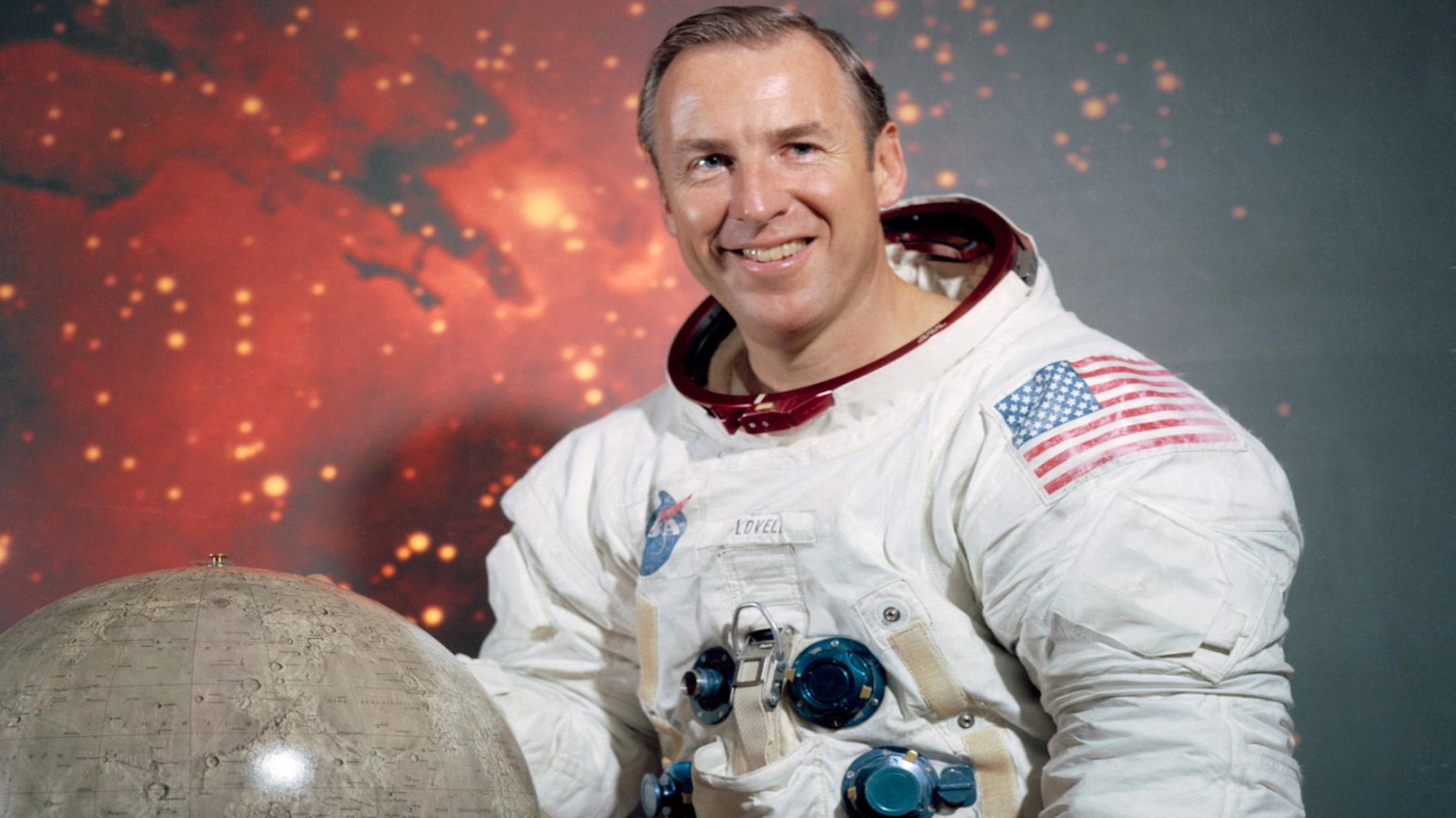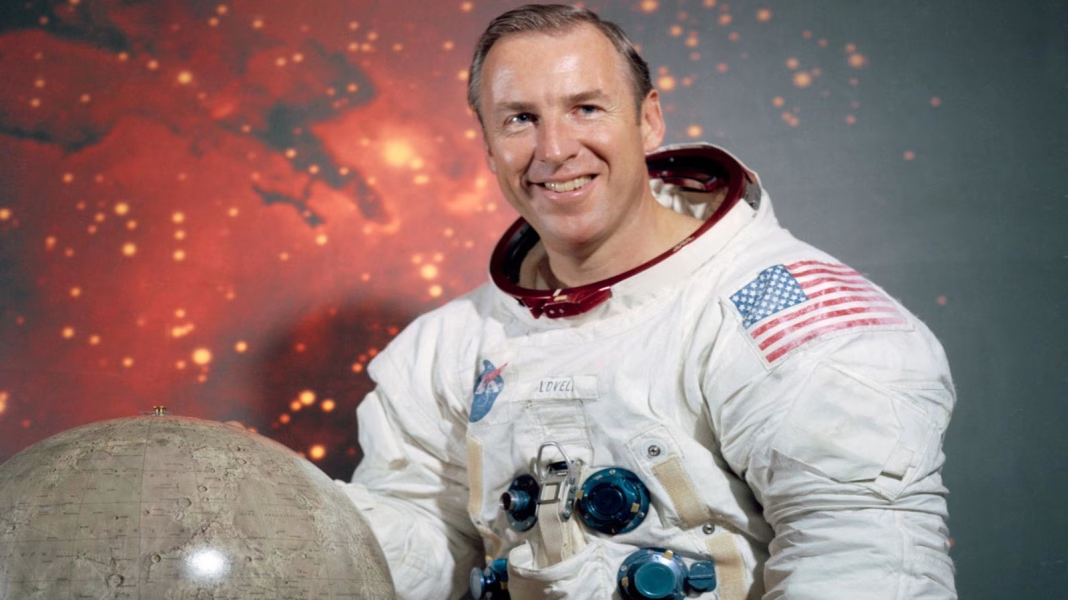What Made Jim Lovell Stand Out Among America’s Space Age Pioneers?
Jim Lovell’s name might ring a bell for anyone who’s ever glanced at the history of space exploration. But what really set him apart from the crowd of astronauts who defined America’s Space Age? It wasn’t just his technical skill or his calm under pressure—though both were legendary. Lovell’s legacy is built on a series of remarkable firsts, each one a testament to his courage, ingenuity, and ability to lead when the stakes were sky-high.
How Did Lovell’s Early Missions Shape His Reputation?
Before Apollo 13 made him a household name, Lovell had already carved out a reputation as one of NASA’s most reliable astronauts. He flew on Gemini 7 and Gemini 12, missions that pushed the boundaries of what was possible in space. On Gemini 7, he and Frank Borman spent two weeks orbiting Earth—a record at the time—proving that humans could endure the physical and psychological rigors of long-duration spaceflight. This was no small feat in the mid-1960s, when the effects of extended weightlessness were still largely unknown.
Gemini 12, meanwhile, saw Lovell team up with Buzz Aldrin to master the art of spacewalking. Aldrin’s successful extravehicular activities (EVAs) were made possible by Lovell’s steady piloting and support. These missions weren’t just about ticking boxes—they laid the groundwork for the Apollo program and the eventual moon landings.
What Were Lovell’s Most Notable Firsts in Space Exploration?
Lovell’s list of firsts is impressive, even by astronaut standards. He was the first person to fly to the moon twice—first as command module pilot on Apollo 8, then as commander of Apollo 13. Apollo 8, in particular, was a leap into the unknown: Lovell and his crewmates became the first humans to leave Earth’s orbit, circle the moon, and witness its far side. The iconic Earthrise photo, snapped during that mission, changed how we see our planet forever.
Then came Apollo 13. Lovell’s leadership during the infamous “successful failure” is the stuff of legend. When an oxygen tank exploded en route to the moon, it was Lovell’s calm decision-making and teamwork that helped bring the crew safely home. NASA’s own post-mission analysis credited the crew’s quick thinking and Lovell’s command presence as critical factors in their survival. The mission’s drama even inspired a Hollywood blockbuster, cementing Lovell’s place in popular culture.
How Did Lovell’s Approach to Leadership Influence NASA’s Culture?
Lovell wasn’t just a pilot—he was a leader in the truest sense. Colleagues often described him as unflappable, approachable, and deeply committed to his team’s well-being. During Apollo 13, he famously kept the mood light with jokes and reassurances, even as the situation grew dire. This ability to balance technical expertise with emotional intelligence became a model for future mission commanders.
NASA’s own oral history project highlights how Lovell’s leadership style influenced the agency’s approach to crisis management. His emphasis on communication, trust, and adaptability helped set a standard that persists in astronaut training today. In a field where split-second decisions can mean the difference between life and death, Lovell’s example remains a touchstone.
What Lasting Impact Did Lovell Have on Space Exploration?
Lovell’s contributions didn’t end when he left NASA. He became an advocate for science education, frequently speaking to students and the public about the importance of exploration and curiosity. His memoirs and interviews offer a candid look at the triumphs and challenges of the space program, inspiring new generations to aim higher.
Recent studies in leadership and teamwork often cite Apollo 13 as a case study in resilience and problem-solving. According to a 2020 analysis published in the Harvard Business Review, the mission’s outcome is still used in business schools and leadership seminars around the world. Lovell’s story isn’t just about surviving a crisis—it’s about thriving in the face of uncertainty.
Why Does Lovell’s Legacy Still Matter Today?
Space exploration is entering a new era, with private companies and international partnerships pushing the envelope. Yet the qualities that defined Lovell’s career—curiosity, courage, and a willingness to learn from failure—are more relevant than ever. As we look toward Mars and beyond, his example reminds us that progress is built on both bold risks and careful preparation.
The big takeaway? Jim Lovell’s journey isn’t about perfection—it’s about smarter adjustments. Start with one change this week, and you’ll likely spot the difference by month’s end.


